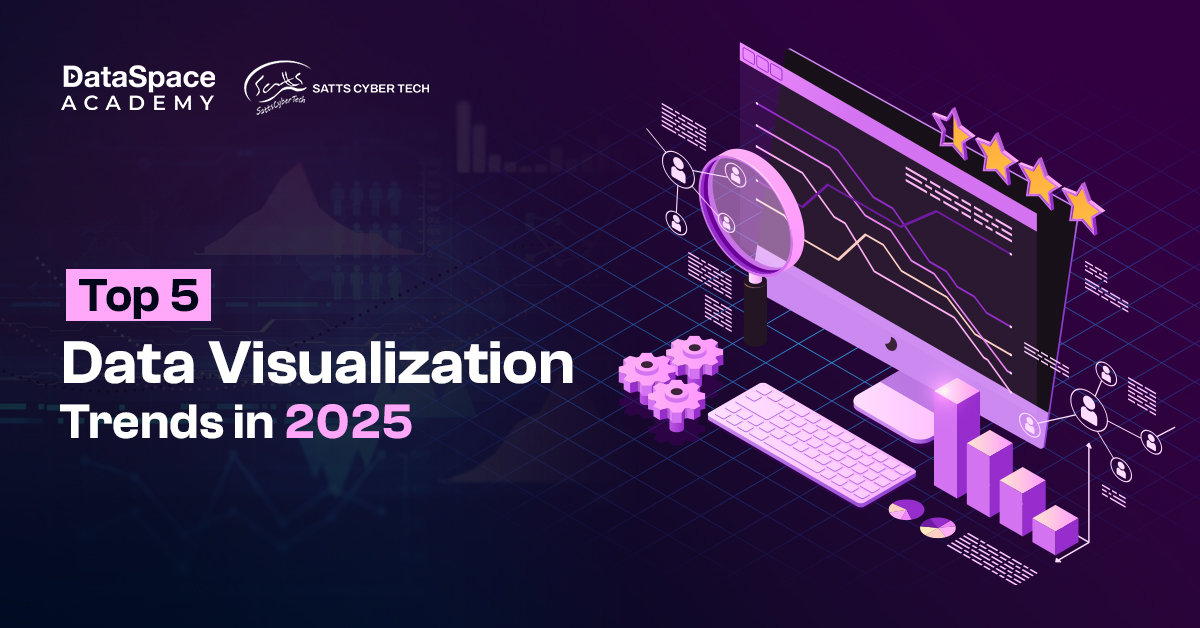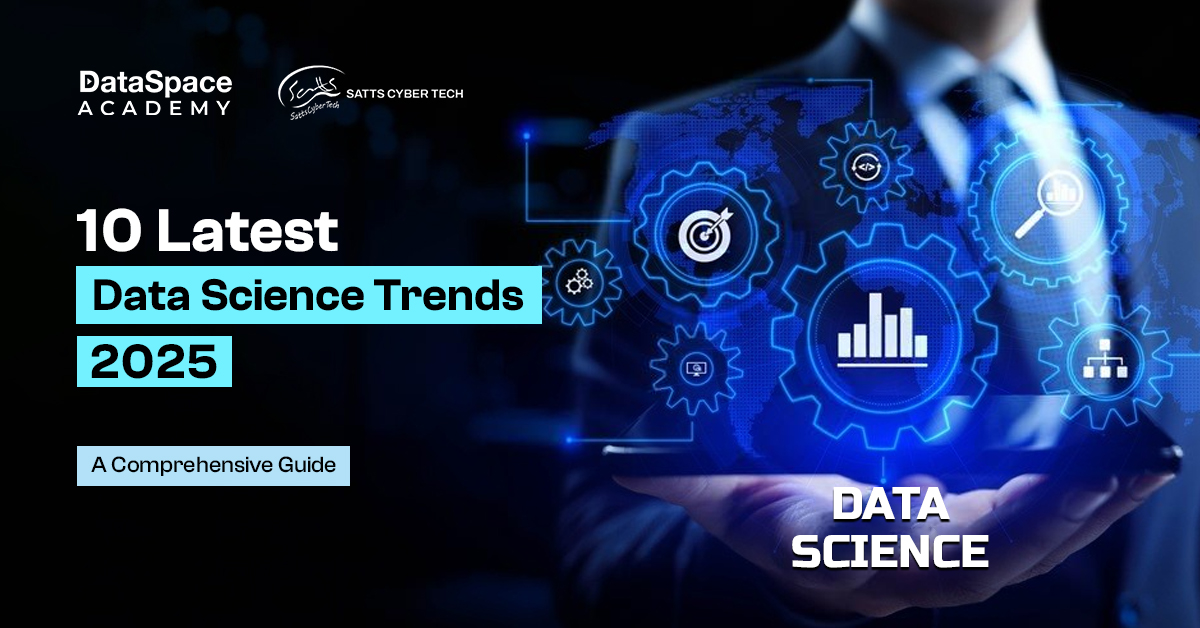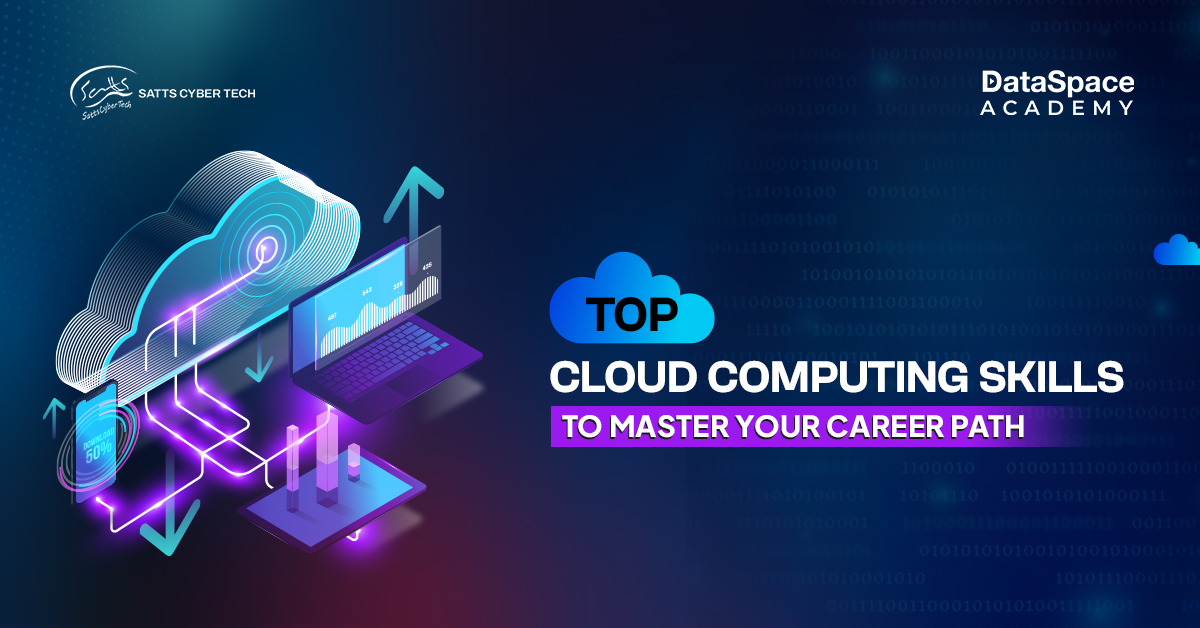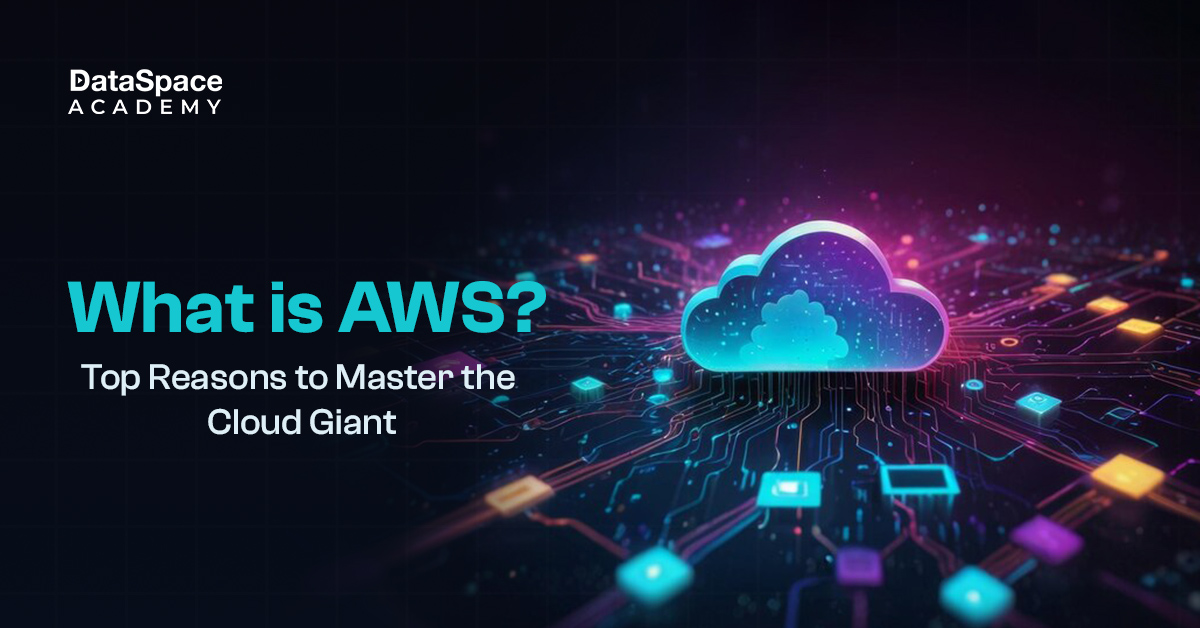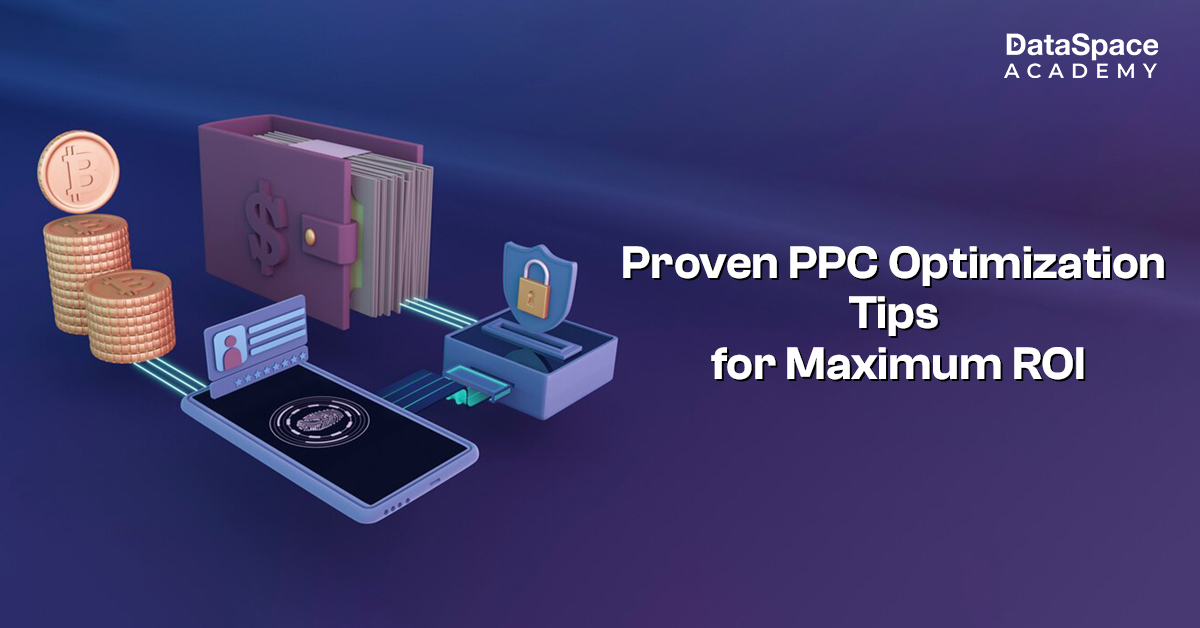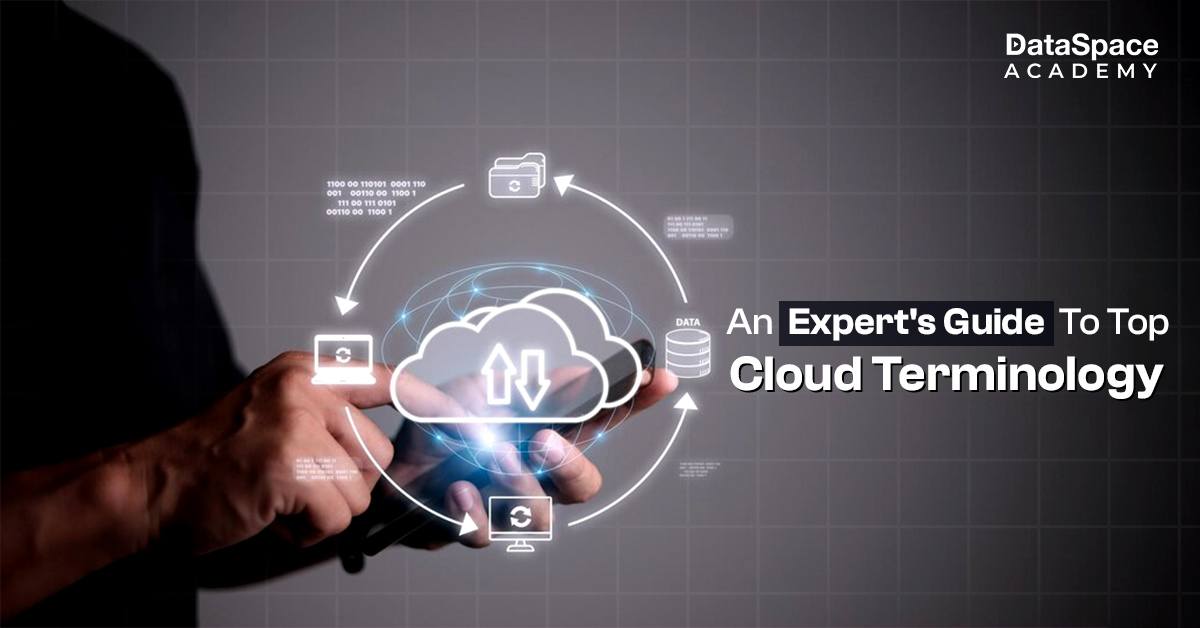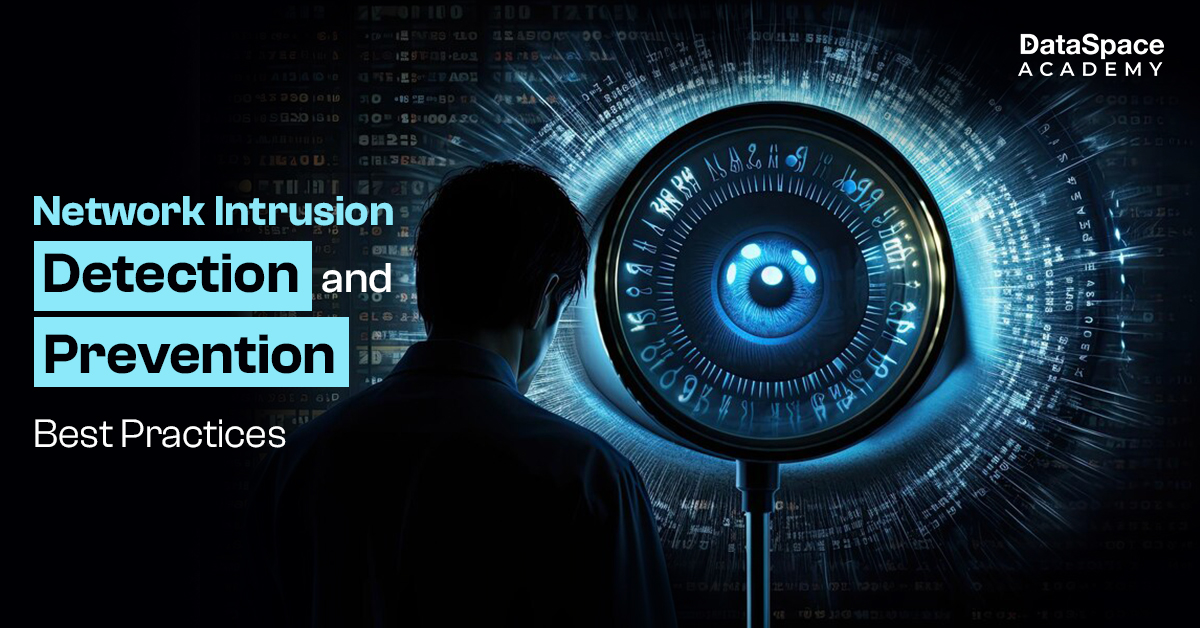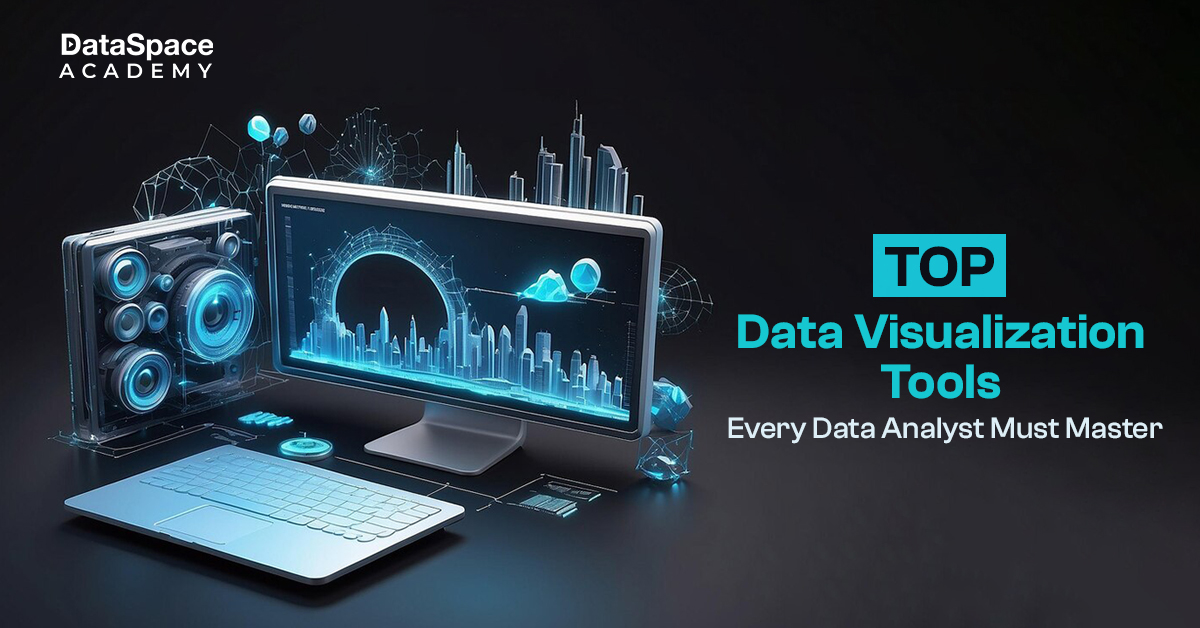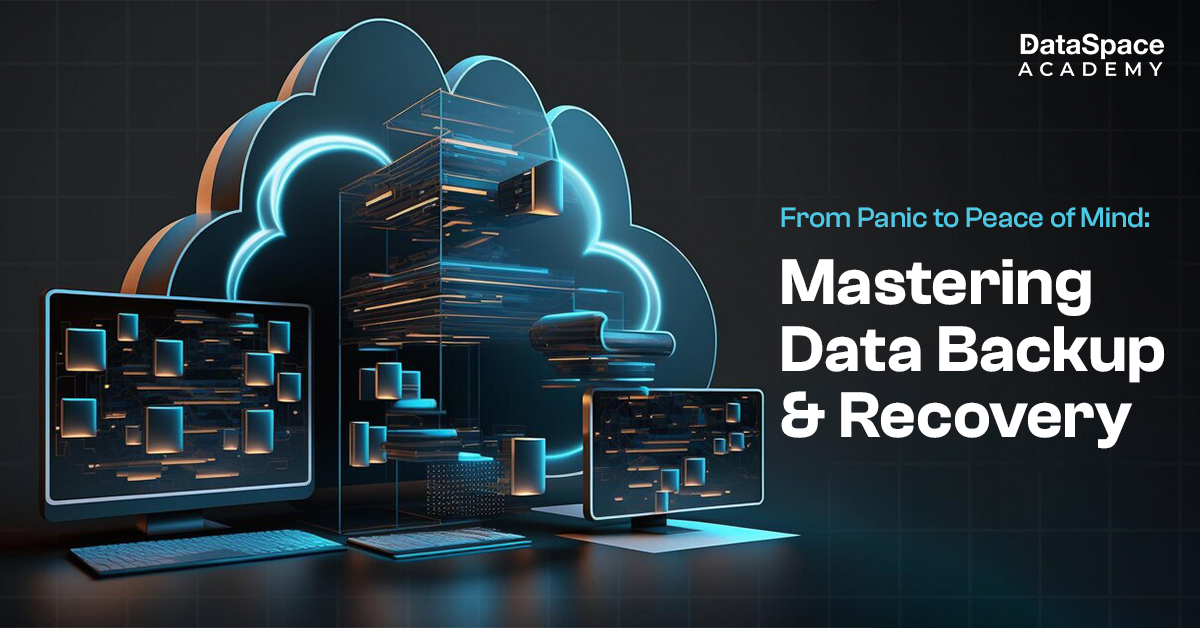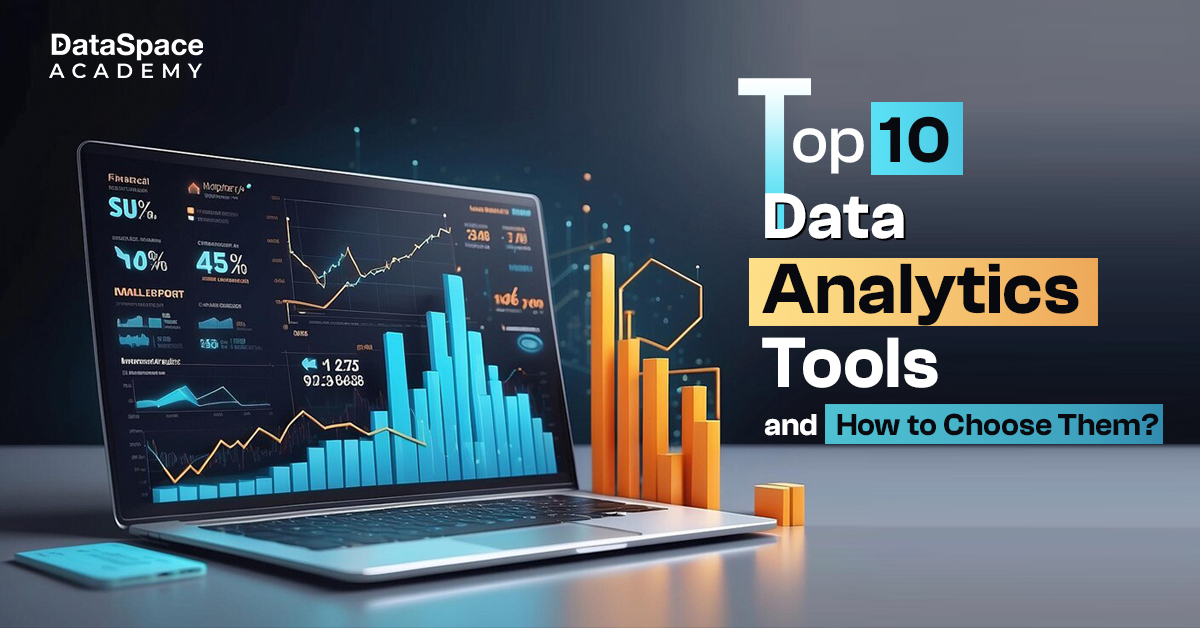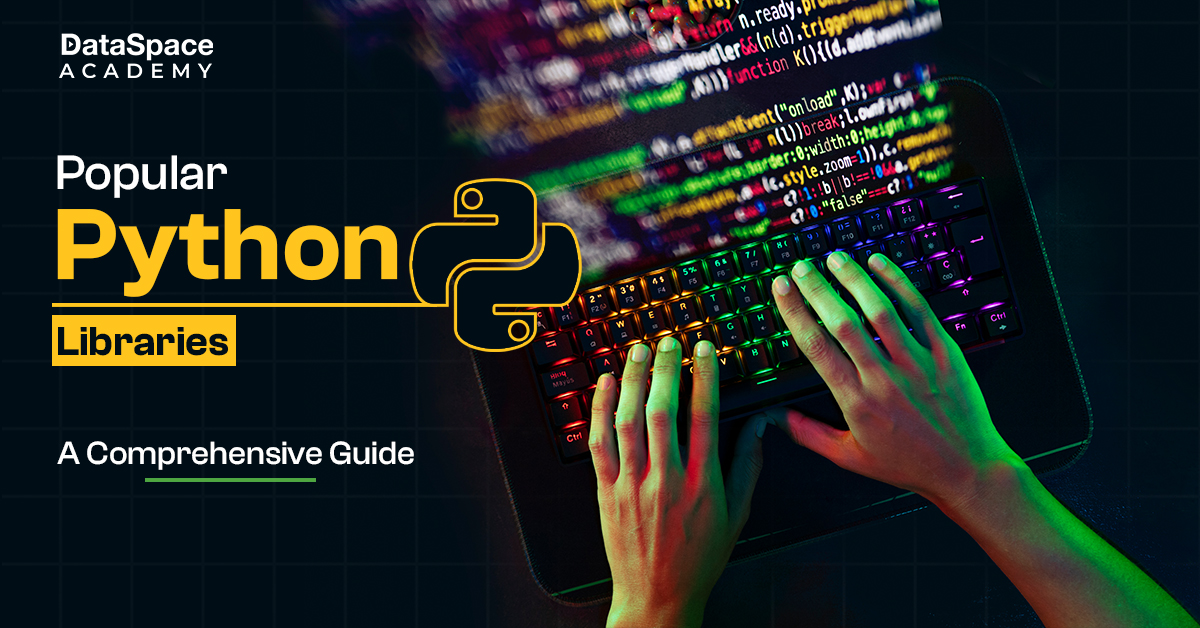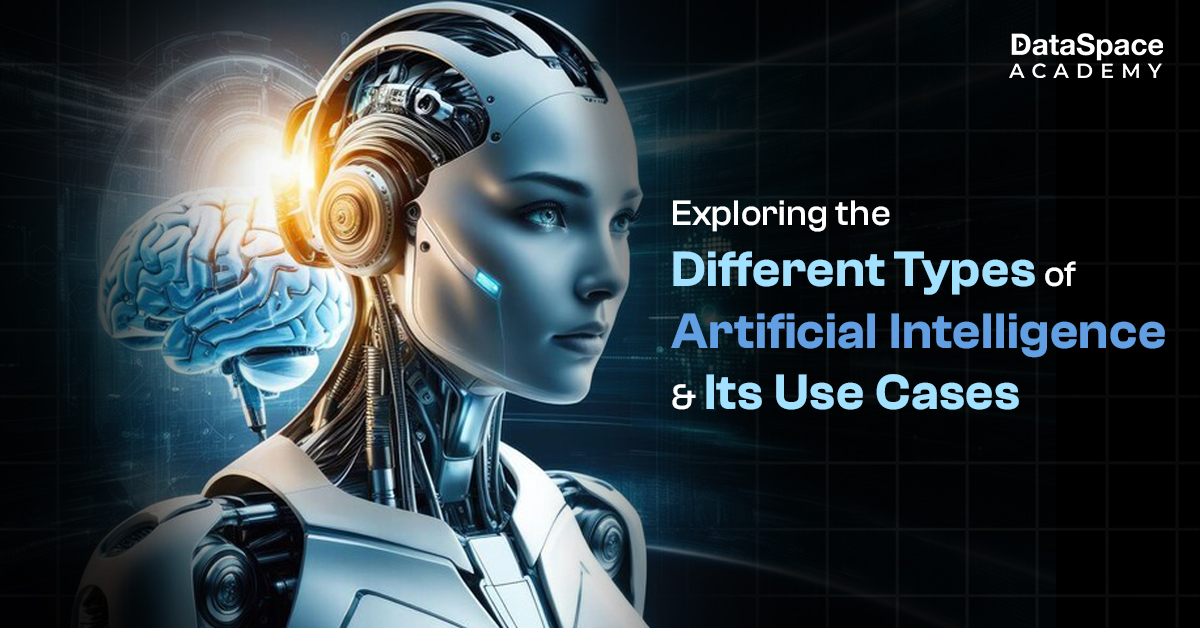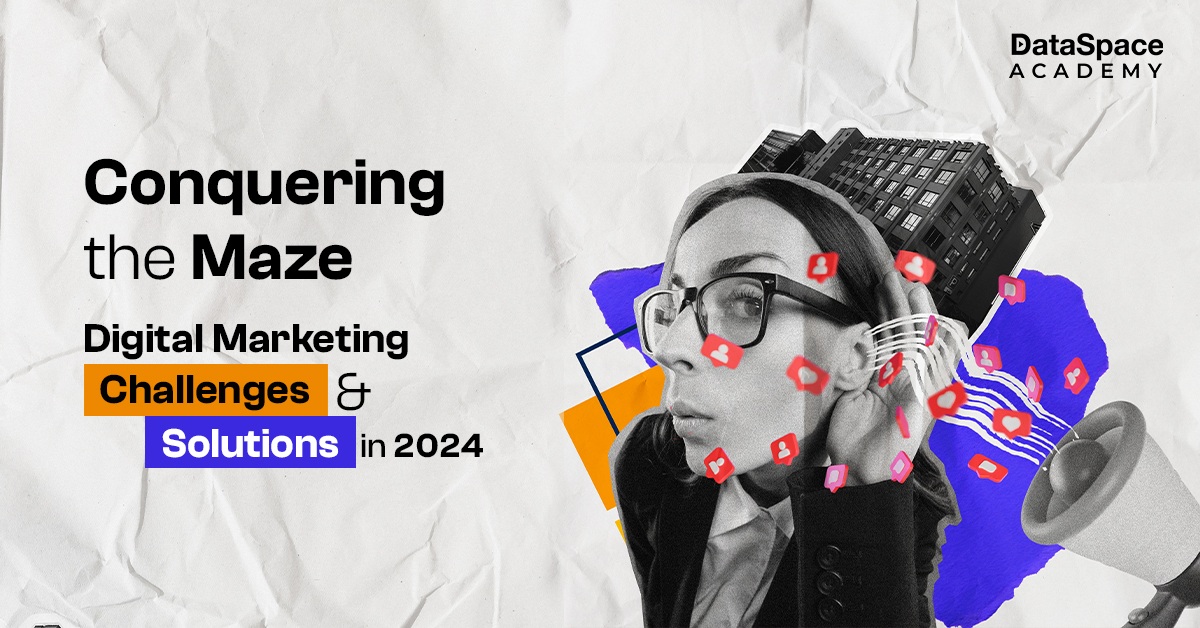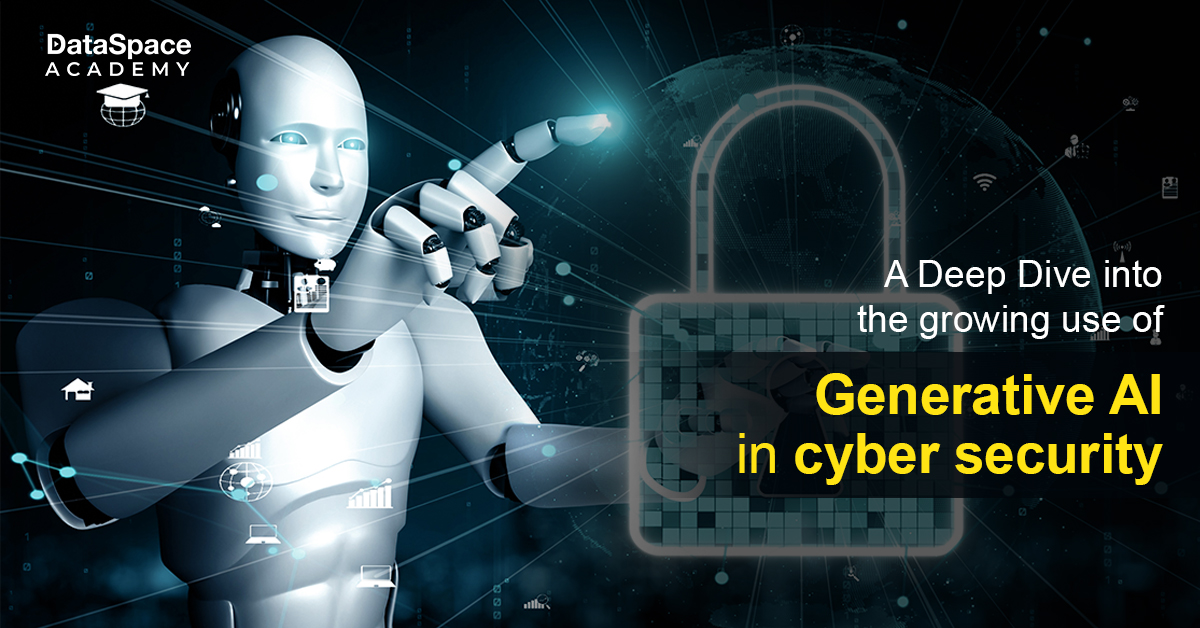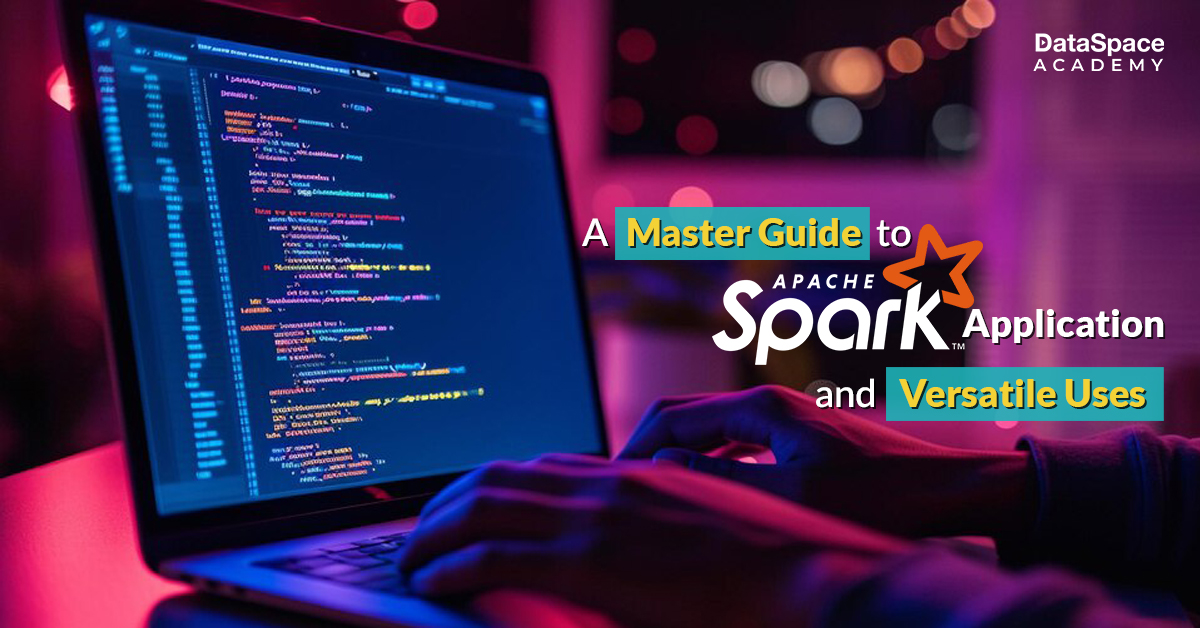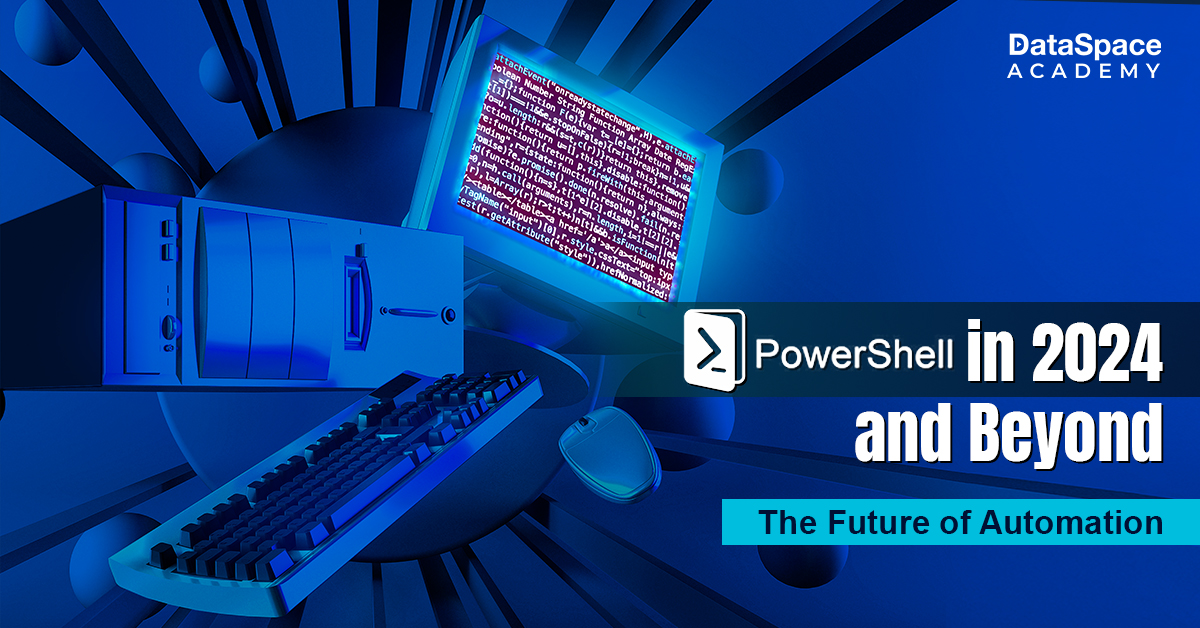Chandrayaan-3 Success to Skyrocket demand for Data Analysts
Last Updated : 01 Sep, 2023
 1.34L
1.34L
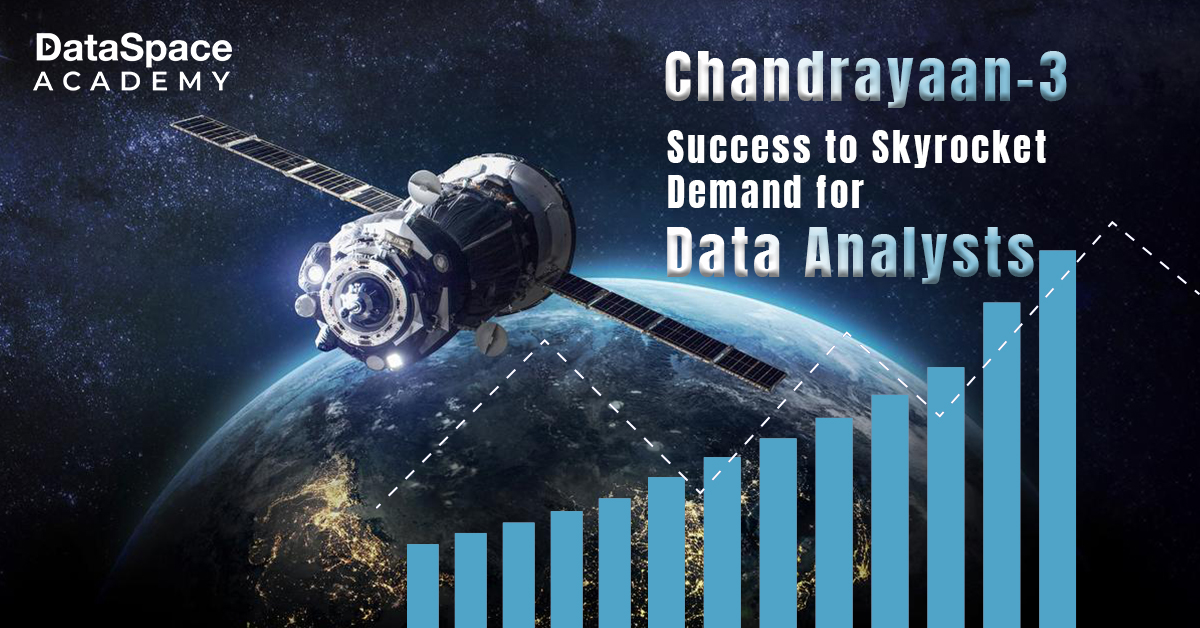
Chandrayaan-3’s luminary success is much more than a proud chapter for India’s space scene. While the historic project is certainly the nation’s pride, the ISRO marvel is also poised to propel demand for data analysts. Chandrayaan-3 owes a large part of its exemplary design & landing to data professionals. Its iconic triumph would lead to more such space adventures and eventually, more opportunities for data experts in future.
| 📌 Trivia:
Data sent by Chandrayaan-3 has confirmed about finding sulphur (other elements too) in the southern pole of the moon. |
Analysts Optimistic about GDP
Data Analysts have projected that Chandrayaan-3’s success would go a long way in powering up the country’s space economy. As of 2023, the nation’s space economy currently stands at $8 billion. The number is predicted to touch $13 billion in a year and over $35 billion by the year 2040. In fact, the recent lunar mission could help India to attain the target stats much sooner than previously projected. Major reason is increasing interest from other countries for collaboration with India for their satellite projects. And the burgeoning space economy would certainly offer a boost to the overall GDP of the country.
India’s current GDP is $3.75 trillion and it is expected to cross $6.6 trillion by 2030. Data experts are optimistic that India might be able to touch $6.6 trillion in GDP even before 2030- especially with the help of the rising space economy.
Role of Data Analytics in Chandrayaan 3 Mission
Data Analysts played a major role in bringing Chandrayaan 3 mission to life, right from the scratch.
-
Finding the optimal design configuration
Data analysts helped to finalise the most optimal design configuration for the propulsion system of Chandrayaan 3. Their data-driven insights enabled ISRO to find the most suitable configuration, orientation, and placement of the propulsion thrusters, as well as reaction wheels. The optimal design further helped to power up thrust efficiency, reduce fuel consumption, and improve the overall stability for Chandrayaan-3.
-
Choosing the safest site
Chandrayaan-3’s historic success on the moon was also dependent on its chosen landing site. Data analysts came up with a cutting-edge landing spot selection algorithm that helped to find the most suitable landing spot. Multiple parameters were considered to design the algorithm, such as roughness, slope angle, thermal environment, scientific interest, and illumination condition.
The analysts utilised ML technology to detect unsafe areas on the moon surface to avoid accidental crashes while landing. Further, the algorithm deployed optimisation techniques that enabled it to offer the most conducive and risk-free landing spot for the spacecraft.
-
Other significant findings
Data Analysts also worked to process different crucial data as gathered by the spacecraft’s scientific payloads-
- RAMBHA (Radio Anatomy of Moon Bound Hypersensitive ionosphere and Atmosphere)-gauges temperature in lunar exosphere and ionosphere and plasma density
- ChaSTE (Chandra’s Surface Thermo physical Experiment)- It measures heat flux and thermal conductivity of the moon regolith
- ILSA (Instrument for Lunar Seismic Activity)- It helps to detect seismic possibilities across the moon surface
- LRA (Laser Retroreflector Array)- It helps to derive accurate measurement of moon distance and orbit
- LIBS (Laser Induced Breakdown Spectroscope)- LIBS helped to attain a thorough idea on overall elemental structure of the moon surface.
| 📌 Trivia: The exemplary success of Chandrayaan-3 will be a boost to Gaganyaan, India’s FIRST-ever manned mission for space. |
Demand for data analysts will grow
India created history by becoming the FIRST nation in the world to land a spacecraft in the southern pole of the moon. Chandrayaan’s success makes India the 4th country (after the US, Russia, as well as China) to make a soft landing on the lunar surface.
More than 5 lunar missions by 2025
As mentioned previously, the illustrious success with Chandrayaan-3 is soon to give wings to multiple lunar missions all across the world. More space missions will drive the demand for more data analysts in the coming years.
As per the sources, as many as 10 lunar missions are on the radar for the coming couple of years. Israel, China, Japan, and the US, are some of the most notable countries that are actively working on lunar missions. Then, of course there is India- some of the foreign countries are also looking for joint tie-ups with India to boost their lunar ambitions.
Also, India is aiming for a 5x hike (through foreign investment) in its respective share in the world launch market by 2033.
Lunar projects bank on data analytics
It has already been covered how data analysts played an instrumental role in shaping up the success of Chandrayaan-3.
Modern spacecraft industry is largely dependent on findings of data analytics for almost every aspect of a space project- right from design to navigation to a safe landing. Here is a list of major areas where space/lunar projects need the help of data analysts-
- To find the optimal design of spacecraft and the trajectory
- For processing and analysing raw data gathered by spacecraft sensors and instruments
- For navigating the spacecraft
- For communication with the spacecraft
- For exploring the moon surface with the help of ML learning. The exploration helps to extract crucial intel based on data sent by the spacecraft sensors and instruments
Wrapping up
With the world gearing up for more space and lunar missions, the demand for data analysts will only soar worldwide. Also, a career in data analytics or science will enable aspiring professionals to participate in some of the most prestigious projects across the world.
If you too are aspiring for a rewarding career in data science and/or analytics, you can sign up for Certification in Data Science and Data Analytics Courses offered by DataSpace Academy. The award-winning ed-tech institution extends industry-leading data science courses that include both theoretical education and practical training to make learners job-ready for the real-world workplace.
 1.34L
1.34L


